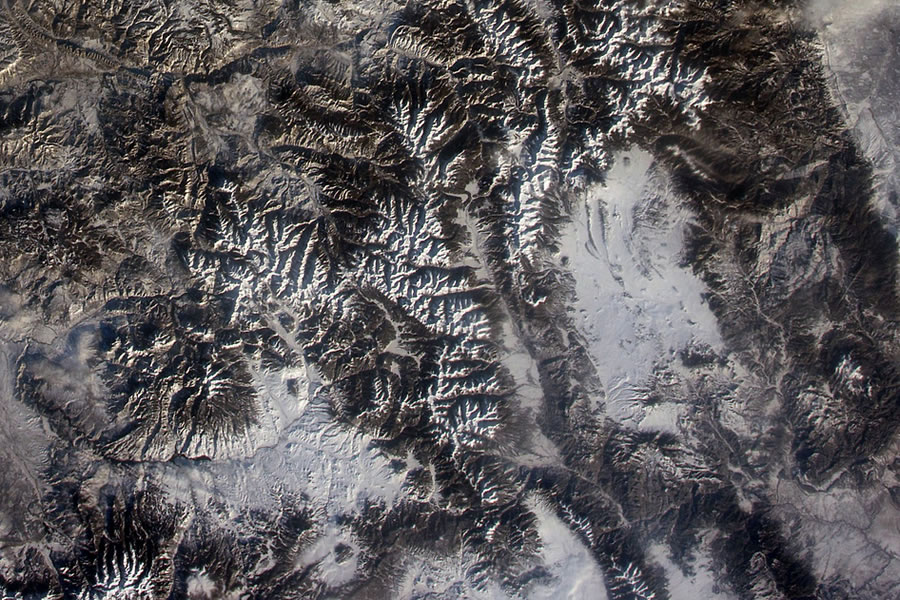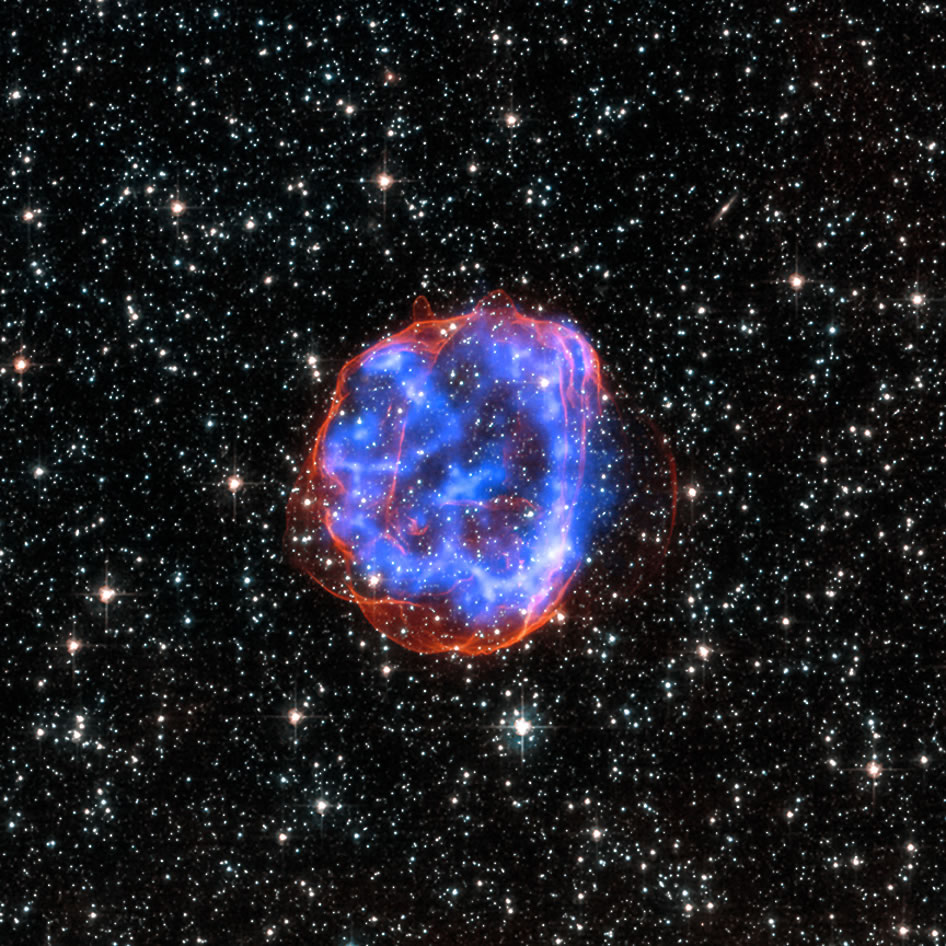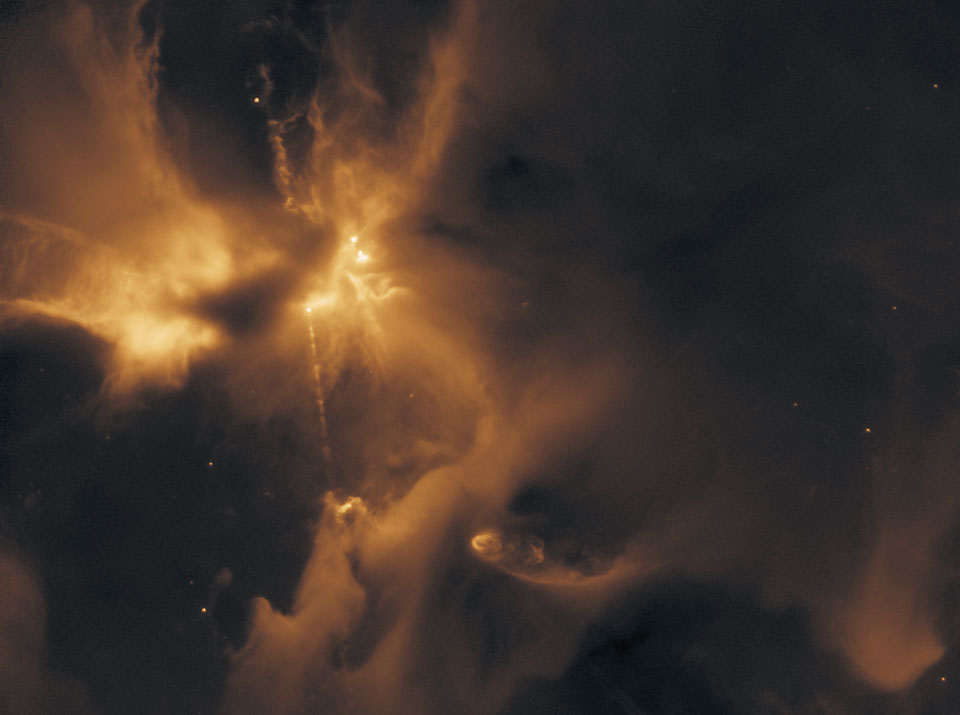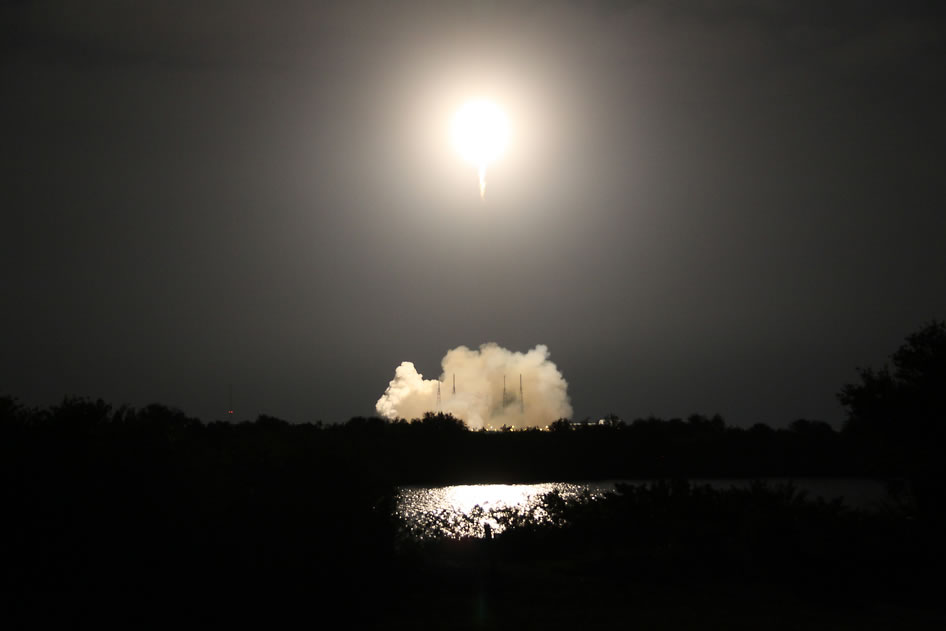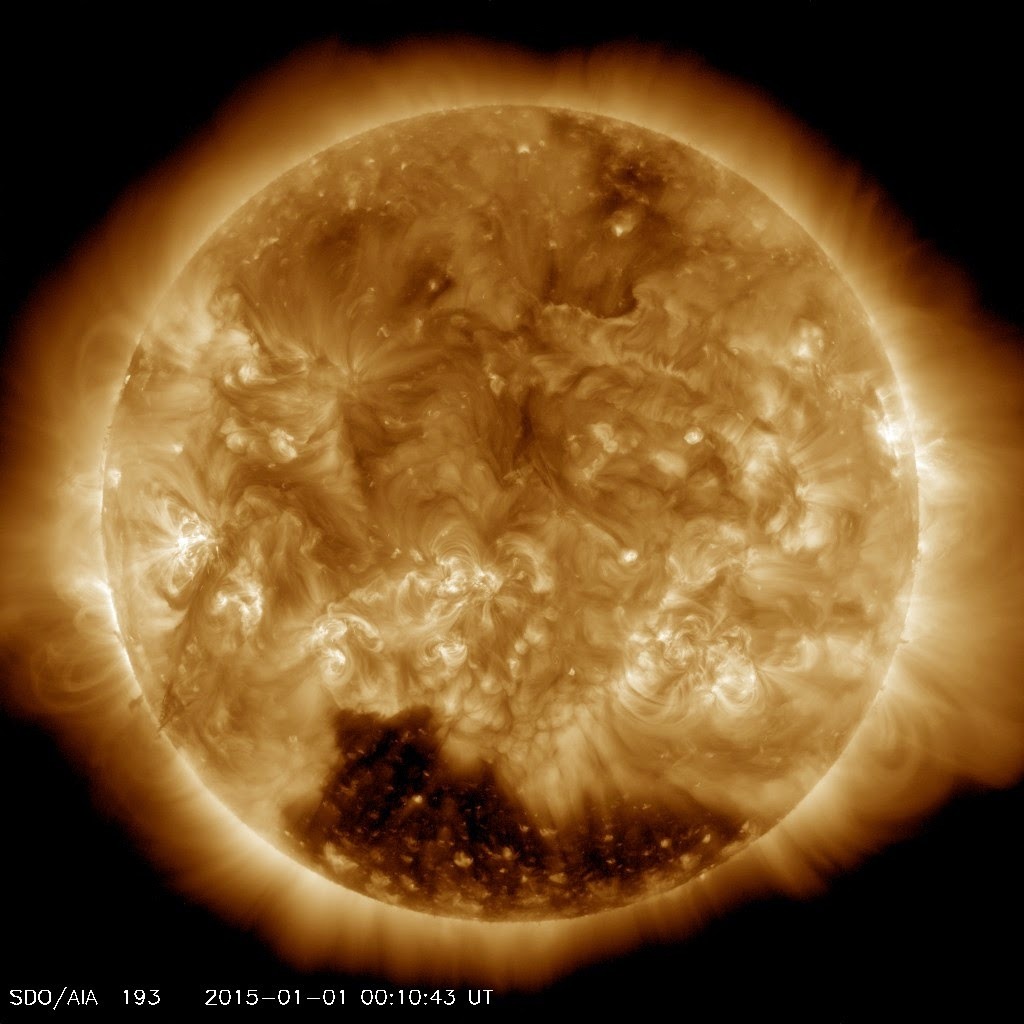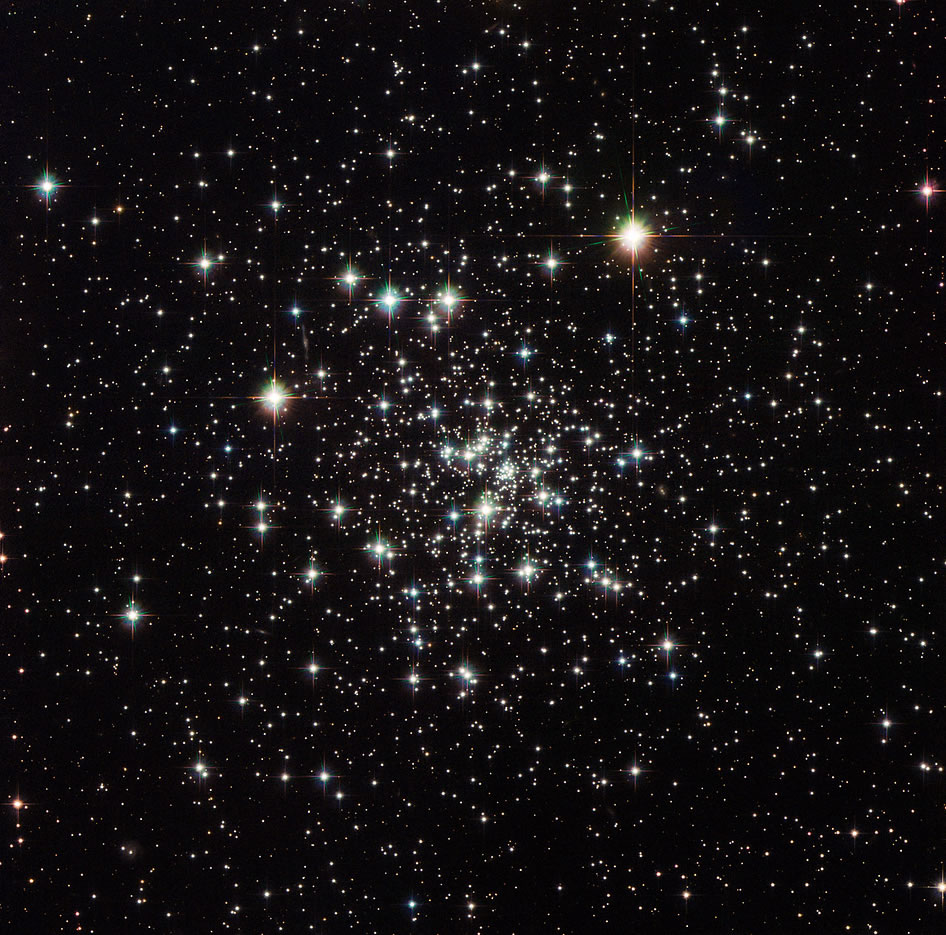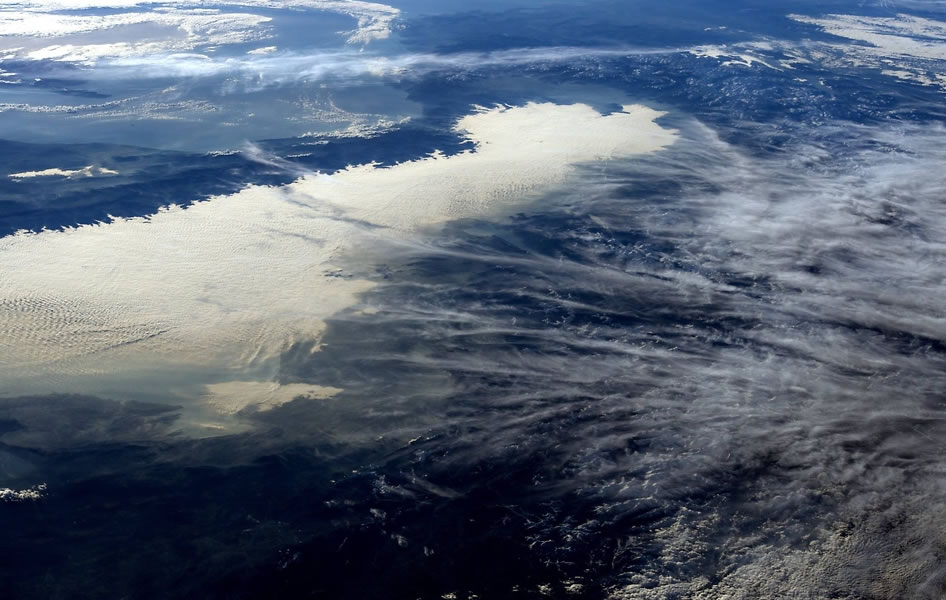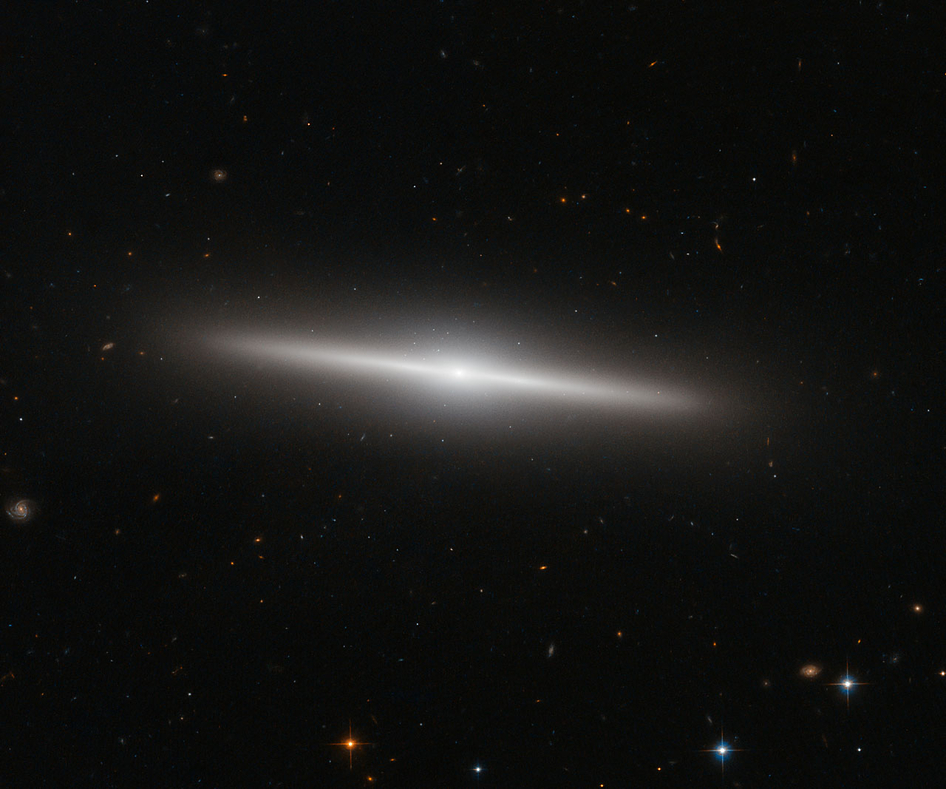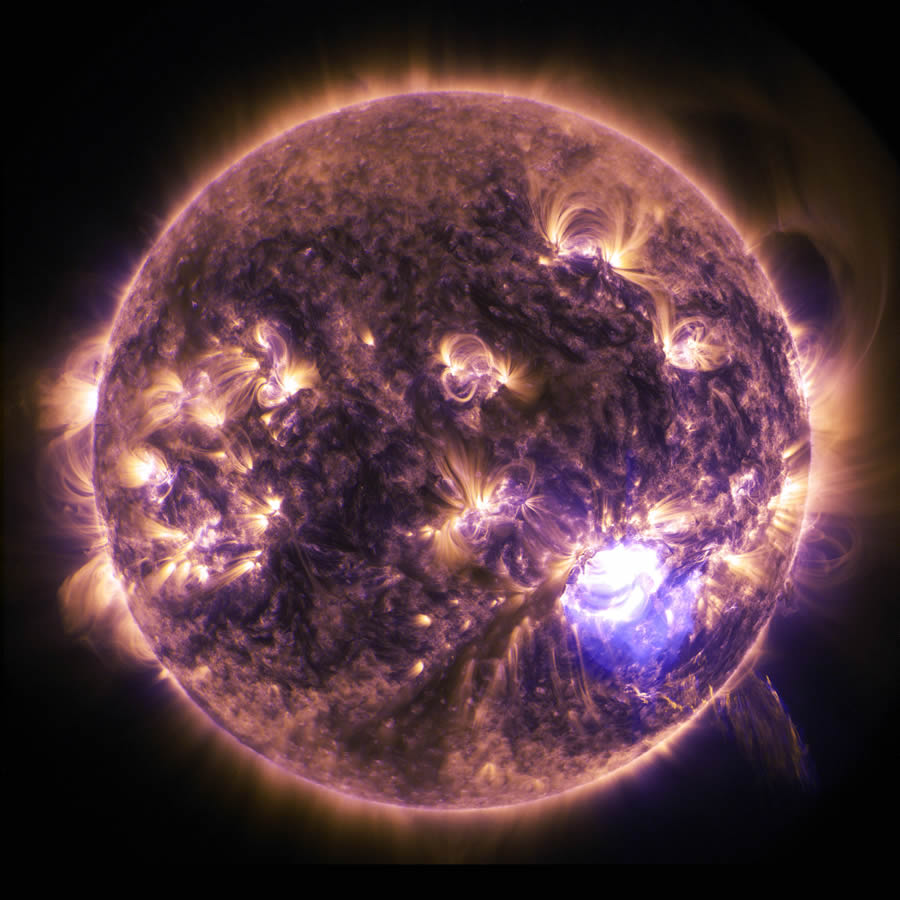Rocky Mountain National Park Viewed From ISS
Marking the 100th anniversary of the Rocky Mountain National Park on Jan. 26, 2015, Expedition 42 Flight Engineer Terry Virts posted this photograph, taken from the International Space Station, to Twitter. Virts wrote, “Majestic peaks and trails! Happy 100th anniversary @RockyNPS So much beauty to behold in our @NatlParkService.”

